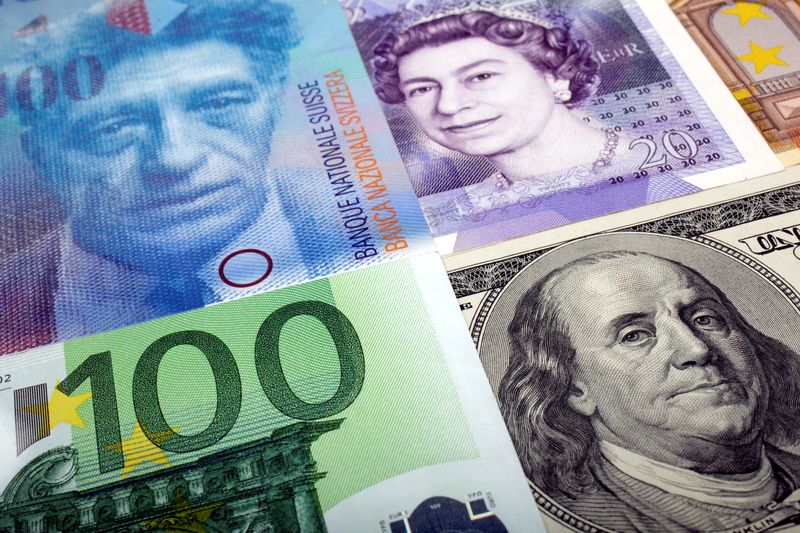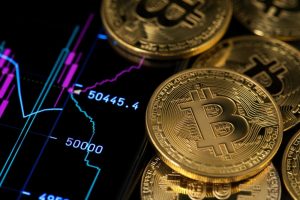
By Saqib Iqbal Ahmed
NEW YORK (Reuters) – U.S. President-elect Donald Trump’s imminent return to the White House and fading hopes for aggressive interest rate cuts have driven the dollar to multi-year highs, and investors see this strength continuing, aided by the new administration’s pro-growth and inflationary policies.
The dollar index, which measures the greenback’s strength against six major currencies, has surged nearly 10% from its late-September lows to a more than two-year high.
Much of these gains have occurred since Trump’s victory in the November election, as investors raced to prepare portfolios for the new administration’s trade and tariff policies, which are expected to offer near-term dollar support while pressuring other economies and currencies.
Tariffs with their potentially inflationary pressures could prompt the Fed to be cautious with rate cuts, even as trade tensions darken the global economic growth outlook and send more investors seeking the safe-haven dollar.
The longer U.S. interest rates remain higher than yields in other developed economies, the greater the buck’s appeal for investors.
While Trump has often complained that the dollar’s excessive strength blunts U.S. export competitiveness and hurts U.S. manufacturing and jobs, his policies are often viewed by the market as boosting the dollar.
During Trump’s first term, the dollar rallied about 13% from February 2018 to February 2020 when he implemented tariffs against several countries, including China and Mexico.
In a further nod to the importance of dollar policy for the incoming administration, Scott Bessent, Trump’s choice to head the Treasury Department, on Wednesday said he would ensure that the dollar remains the world’s reserve currency.
Traders in currency futures markets appear positioned for further dollar strength with net bets on the dollar rising to a near six-year high of $34.28, according to Commodity Futures Trading Commission data.
Against a weighted basket of several currencies, the dollar is the most overvalued it has been in 55 years, according to BofA Global Research.
Typically, such a significant rally would attract dollar bears anticipating a reversal, but few investors currently believe it is wise to challenge the rising dollar.
“We continue to see the dollar as fundamentally overvalued, but, at least in the near term, it is hard to come up with catalysts that would make the dollar weaken,” said Brian Rose, senior U.S. economist at UBS Global Wealth Management.
The presidential inauguration on Monday is one big reason holding back dollar bears, investors said. While the buck has rallied on expectations for broad tariffs, their details remain unclear.
